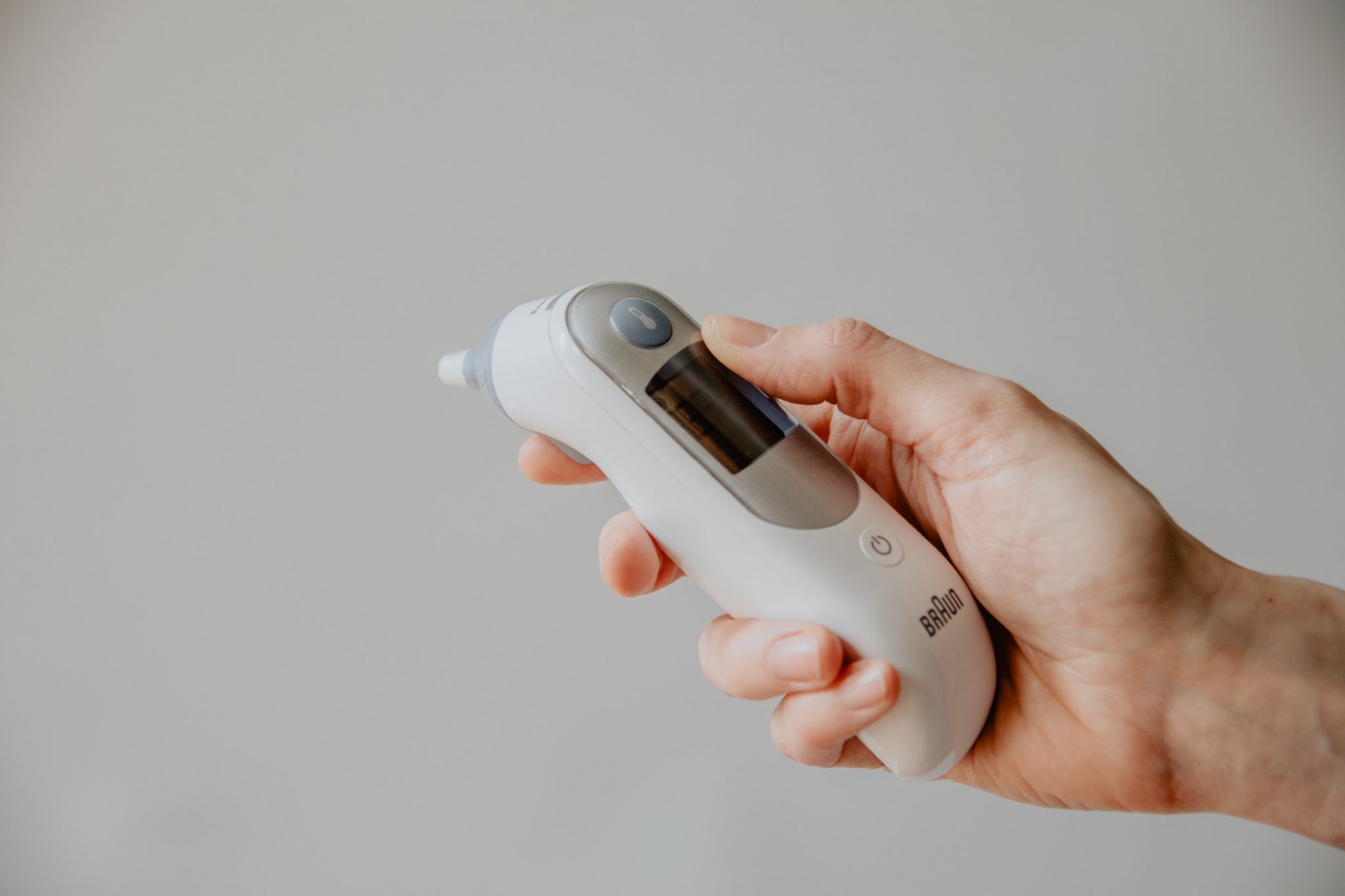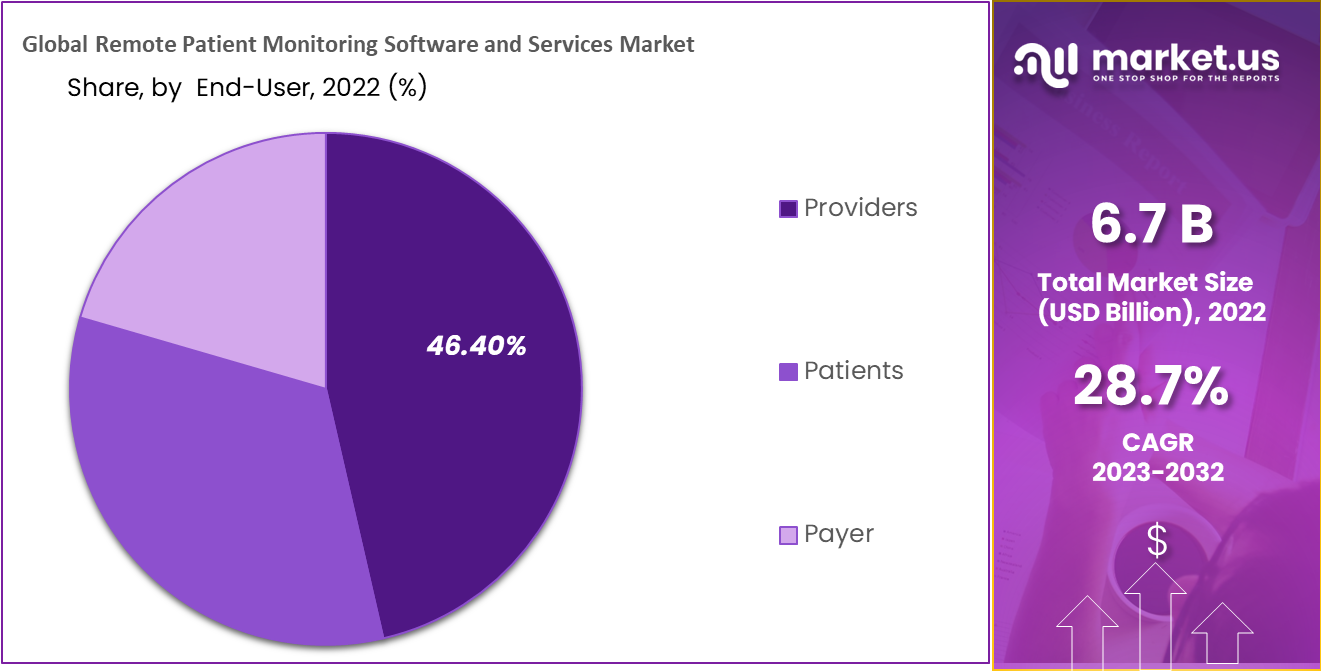Comprehensive Software for Remote Patient Monitoring: Enhance Patient Care
Wiki Article
The Future of Health Care: Remote Client Checking Simplified
As healthcare proceeds to develop, one location that holds tremendous guarantee is remote client tracking. With a focus on improving individual end results and enhancing health care distribution, remote monitoring is poised to revolutionize the sector.Benefits of Remote Individual Tracking
Remote patient monitoring provides a plethora of benefits for both healthcare providers and people alike. One significant advantage is the ability to continually keep an eye on clients' important indicators and health and wellness data remotely. This real-time surveillance enables doctor to find any worrying changes or fads without delay, leading to very early treatments and potentially preventing clinical emergency situations. Additionally, remote individual tracking improves the general high quality of care by offering a more all natural and thorough view of patients' health condition past typical in-person sees.In addition, remote patient surveillance can lead to improved person end results and complete satisfaction. Remote tracking can reduce the demand for regular medical facility gos to, lowering healthcare prices for both service providers and patients.
Technology Driving Remote Monitoring
In the world of modern healthcare, technical advancements play a pivotal role in driving the evolution and effectiveness of remote patient monitoring. The integration of cutting-edge innovations such as wearable gadgets, mobile applications, and cloud-based platforms has actually changed the method medical care service providers remotely check and handle person health - rpm software. These innovations enable constant real-time monitoring of essential signs, medicine adherence, and other critical health and wellness data, enabling timely interventions and personalized treatment strategiesOne secret technology driving remote surveillance is the Net of Things (IoT), which allows smooth connectivity between medical tools and medical care systems. IoT devices such as smartwatches and cordless sensing units transfer and gather client information to central systems, facilitating remote tracking from anywhere in the world. Expert system (AI) and artificial intelligence formulas better improve remote monitoring by assessing huge amounts of patient information to identify patterns, predict health trends, and sharp health care suppliers to prospective issues.
Effect On Health Care Distribution
With the integration of innovative modern technologies driving remote person tracking, the influence on health care delivery is becoming increasingly profound and transformative. Remote client tracking allows doctor to supply even more customized and aggressive like individuals, causing boosted health outcomes and lowered medical facility admissions. By remotely tracking crucial signs, signs, and medication adherence, health care experts can interfere early, preventing issues and improving the total high quality of treatment.Additionally, remote tracking improves access to medical care solutions, specifically for people in underserved or rural locations. Patients can receive continuous monitoring and support from their homes, getting rid of the demand for constant in-person check outs. This not only saves time and lowers prices for both individuals and medical care centers but likewise reduces remote patient monitoring software the threat of exposure to transmittable illness, an important factor to consider in the present healthcare landscape.
Furthermore, remote patient surveillance enables doctor to far better prioritize and assign sources care based upon real-time information. By recognizing risky patients and interfering quickly, healthcare shipment ends up being extra efficient and efficient, inevitably resulting in a much more sustainable and patient-centered health care system.
Improving Individual Outcomes

In addition, RPM permits proactive administration of persistent problems, lowering the probability of severe exacerbations and healthcare facility readmissions. People take advantage of enhanced comfort and convenience, as they can get treatment in their own homes while remaining connected to their medical care providers. This continuous tracking not only boosts patient satisfaction however also cultivates a feeling of empowerment and involvement in their own health monitoring.
Future Trends in Remote Monitoring
Accepting advanced modern technologies in remote person monitoring is shaping the future landscape of healthcare delivery. The future patterns in remote tracking are expected to change the way health care is supplied, making it a lot more patient-centric and efficient. One substantial pattern is the increased use wearable devices and sensors to collect real-time data, allowing healthcare companies to keep an eye on patients constantly without the demand for regular in-person gos to. These gadgets can track important signs, drug adherence, and task levels, providing an extensive view of the person's health condition.
In addition, telehealth platforms are ending up being much more advanced, enabling for online examinations, remote diagnosis, and remote patient checking all in one incorporated system (remote patient monitoring software). This holistic technique to remote tracking is improving healthcare shipment, improving individual fulfillment, and eventually, enhancing total high quality of care
Conclusion
To conclude, remote patient monitoring offers countless benefits in medical care delivery, driven by developments in modern technology. It has the potential to boost patient results and transform the way health care is delivered. Future patterns in remote monitoring will certainly proceed to form the landscape of medical care, offering chances for more customized and effective patient care.Remote individual tracking presents a plethora of advantages for both health care carriers and patients alike. Additionally, remote patient monitoring enhances the general top quality of care by offering an extra detailed and all natural sight of clients' health and wellness standing past standard in-person gos to.
In addition, remote person monitoring can lead to better person outcomes and contentment. Remote person surveillance enables medical care service providers to use even more individualized and proactive treatment to patients, leading to boosted health results and lowered healthcare facility admissions. Remote patient monitoring (RPM) plays a considerable function in enhancing patient outcomes by offering continual, real-time information that makes it possible for medical care carriers to step in quickly and adjust treatment plans as needed.
Report this wiki page